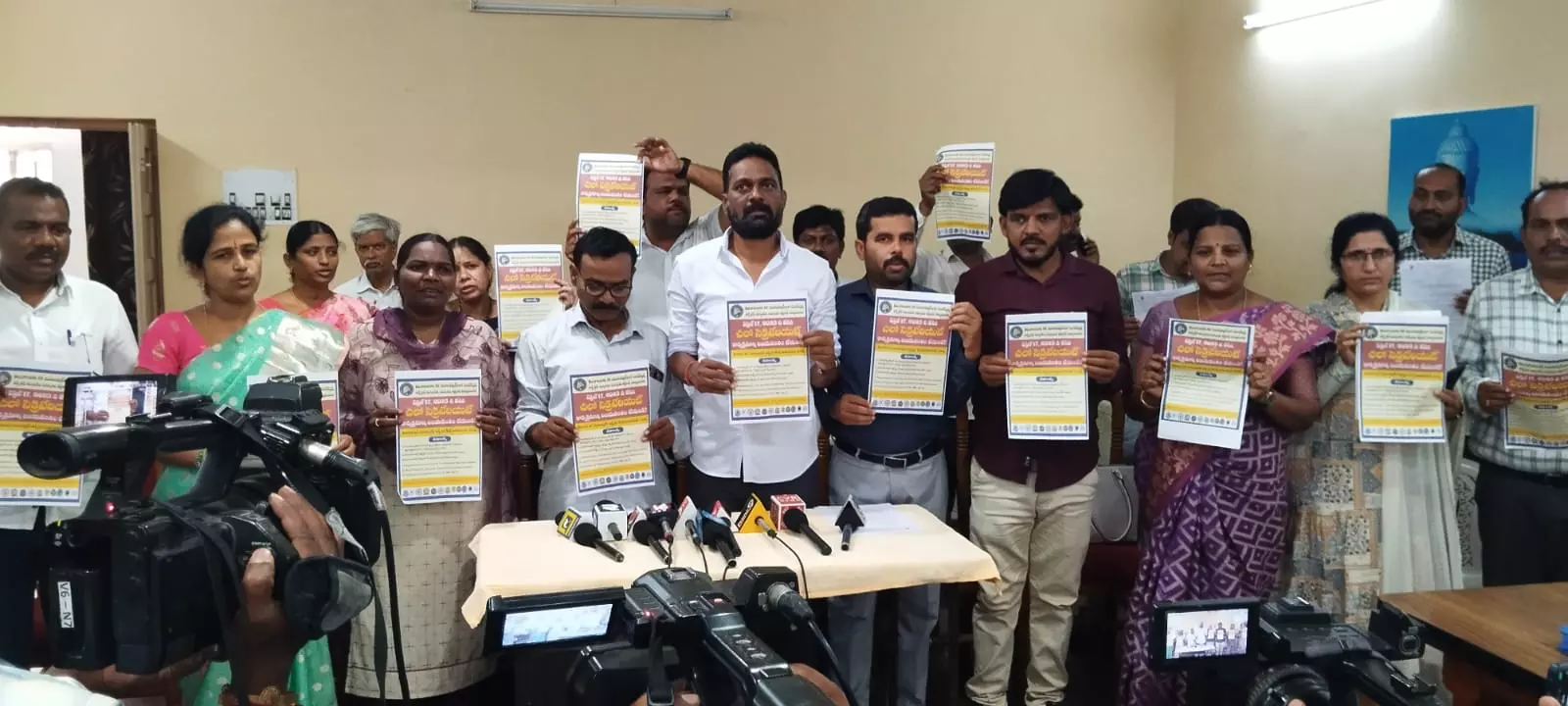
India produces over a million engineering graduates every year. It’s a number that should make us proud. But here’s the reality: less than half of them are considered employable according to the India Skills Report 2023. And in a world racing ahead with AI, automation, and emerging tech, this gap is no longer academic—it’s a crisis.
But change is beginning to stir. In response, a new model of education is beginning to take shape, one that brings academia and industry to the same table.
India’s National Education Policy (NEP) 2020 signaled a course correction. It called for classrooms to open their doors—to industry, to experiential learning, to relevance. Since then, regulators have acted. The UGC now permits industry-sponsored programs. The AICTE’s “Professor of Practice” framework allows professionals without PhDs to teach what they know best—real work.
On the ground, this is translating into visible shifts. Some academic institutions are collaborating with tech companies or new-age EdTechs to co-develop curricula that go beyond foundational theory. Courses are being redesigned to integrate applied skills—AI, data science, cloud infrastructure, and more. Alongside technical training, there’s a new focus on problem-solving, communication, and real-world context.
Learning is no longer limited to classrooms. Internships are being made mandatory. Hackathons, live projects, and industry-led labs are becoming common across campuses. Some forward-looking institutes, like NIAT- NxtWave Institute of Advanced Technologies, have taken it further. Their curriculum evolves every semester with industry shifts. Students engage in paid internships, real-world tech projects, and mentorship from the very first semester. In such places, students aren’t preparing for the workplace. They’re already in it.
Government-backed Centres of Excellence are adding another layer. They’re building capacity in high-tech areas like AI, semiconductors and 5G through public-private partnerships. And digital platforms are leveling the playing field. From Tier-1 cities to Tier-3 towns, students now earn micro-credentials from global tech firms, alongside their degrees.
The results are early, but promising. Institutions that have embraced this shift are reporting stronger placement outcomes and increased student confidence. Industry, too, is responding—with more internships, mentorships, and early talent pipelines.
But for this transformation to be truly effective, it needs to go beyond isolated cases. The future of Indian tech talent depends on systemic collaboration, where industry doesn’t just hire from academia, but helps build it.























































